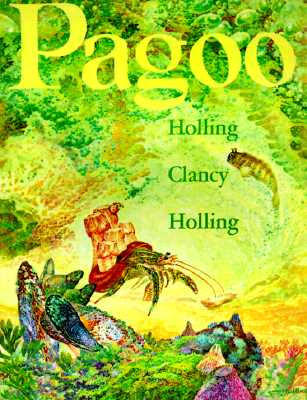FLOW is a critical element in a picture book. But what does FLOW mean? I myself always think of a stream of
running water, or of a piece of music, as I work out the flow in a picture
book. Water, or a music---they are
always in motion. I like to have the art be in motion, or to FLOW, from spread
to spread through a book. And I like that flow to echo and support, even
embroider upon, the text. How can an artist create that flow? One very simple way is
to increase or decrease the art area (the amount and shape of the space that
the art occupies) from spread to spread. I’ll use Maurice Sendak’s WHERE THE WILD THINGS ARE as an example.
I’ve deliberately put the spreads into a monochrome, because I am focusing on
the art area only.

In spread 1, the art area occupies about an eighth of the spread. By the time we reach spread 8, the art occupies about three-quarters of the spread. Like the story (and like a piece of music, or the source of a river) the art area has started out small, quiet; then grows bigger, louder.
In spreads 9 – 11, the art area continues to grow, though it
has changed its shape and placement.
The change reflects Max’s landing after his ocean trip; the continuing
increase in size lets the reader know that we haven’t yet reached the story’s
climax. The change and growth are,
again, like a stream shifting its direction, or music exploring a theme.
In spreads 12 – 14, the art area has grown to its maximum
size, running off all four edges of each spread. Even text has been squeezed off the page. We’ve reached the climax of the
story---and of the visual flow of the book. The loudest part of the music, the stream tumbling noisily
over a falls!
In spreads 15 – 16, the art area begins to decrease,
signaling the descent from the climax, the beginning of the end of the story. Just so might music begin to decrease
in volume, or water, swollen by a storm, subside into its bed.
And in the final spreads 17 – 19, the art area shrinks
further, to the point of disappearing entirely. The end…of story, musical piece, or stream of water
trickling away into nothing. So just as the story line rises, reaches its climax, and
then falls to its conclusion, so does the art area echo and repeat the same
flow. So simple, but so effective.
In another post I’ll examine a different kind of flow, using
the same book for my example.















